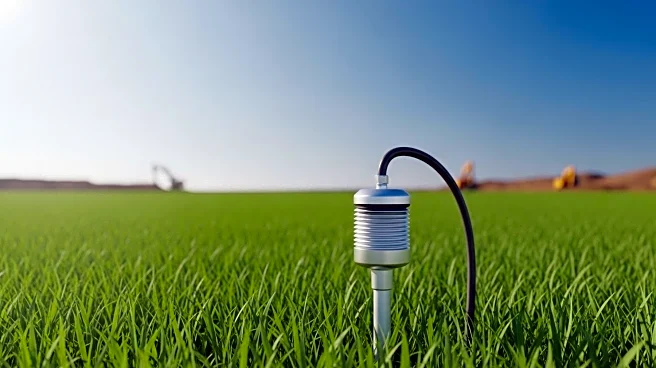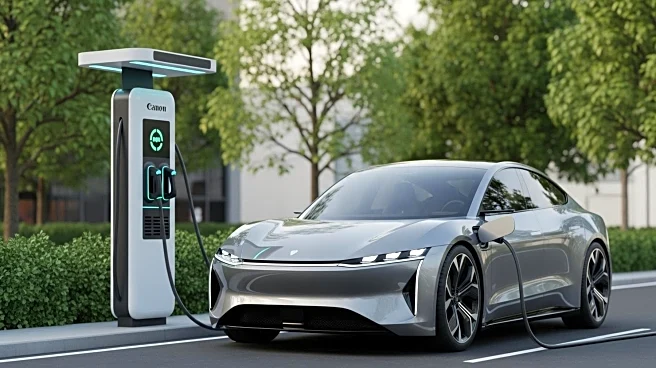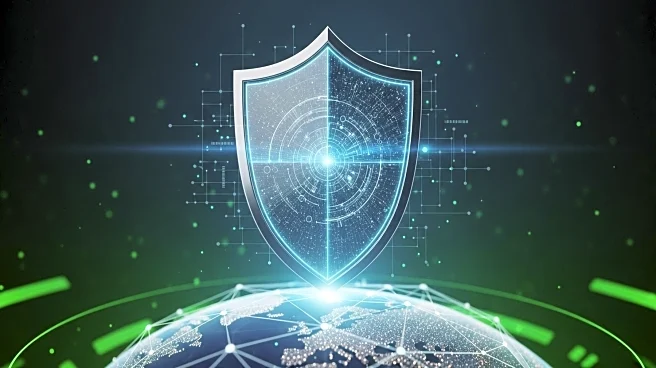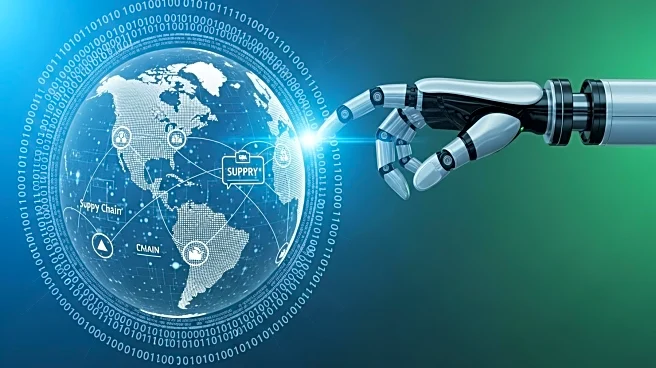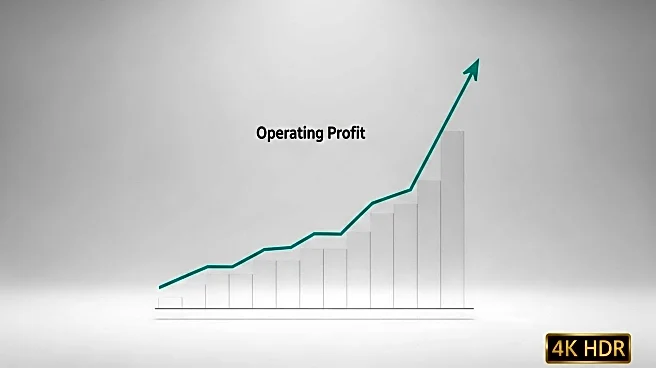What's Happening?
The global moisture sensors market is experiencing significant growth, driven by the increasing demand for precision agriculture, efficient water management, and sustainable industrial practices. These sensors are crucial for providing data on soil and material moisture levels, which aids in smarter decision-making across various sectors such as agriculture, construction, environmental monitoring, and industrial applications. The market is expected to reach USD 3.5 billion by 2033, with a compound annual growth rate (CAGR) of 7.8% from 2025 to 2033. Key trends shaping the market include sustainability, wireless connectivity, and the preference for highly accurate capacitive sensors. Industries are leveraging these sensors to enhance safety, compliance, and efficiency, with smart farming, IoT integration, and automated irrigation becoming standard practices.
Why It's Important?
The growth of the moisture sensors market is significant for several reasons. It supports the advancement of precision agriculture, which can lead to reduced water usage and improved crop yields, addressing environmental concerns and resource management. The construction industry benefits from enhanced safety and compliance through accurate moisture monitoring, which can prevent structural issues and improve project outcomes. Additionally, the integration of IoT and smart technologies in moisture sensors facilitates real-time monitoring and predictive analytics, offering actionable insights for various industrial processes. This technological evolution not only boosts operational efficiency but also aligns with global trends in sustainability and digital transformation.
What's Next?
Looking ahead, the moisture sensors market is poised to benefit from regulatory support for sustainable agriculture and innovations in wireless and low-power technologies. The expansion of smart building infrastructure and increased adoption in emerging markets such as India, Brazil, and the Middle East are expected to accelerate growth. Companies focusing on research and development, IoT integration, and eco-conscious solutions are well-positioned to capture market share. The future of the moisture sensors market is aligned with global trends in digital agriculture, smart construction, and environmental stewardship, indicating robust growth over the next decade.
Beyond the Headlines
The moisture sensors industry faces sustainability challenges, including the environmental impact of sensor production and disposal, as well as energy consumption in wireless devices. To address these issues, companies are adopting eco-friendly materials, low-power sensors, and recyclable components. Precision irrigation enabled by moisture sensors can reduce water use by up to 30%, highlighting the environmental benefits when properly implemented. As industries increasingly rely on precise moisture data, sensors are becoming indispensable for smart agriculture, construction safety, and environmental monitoring.

